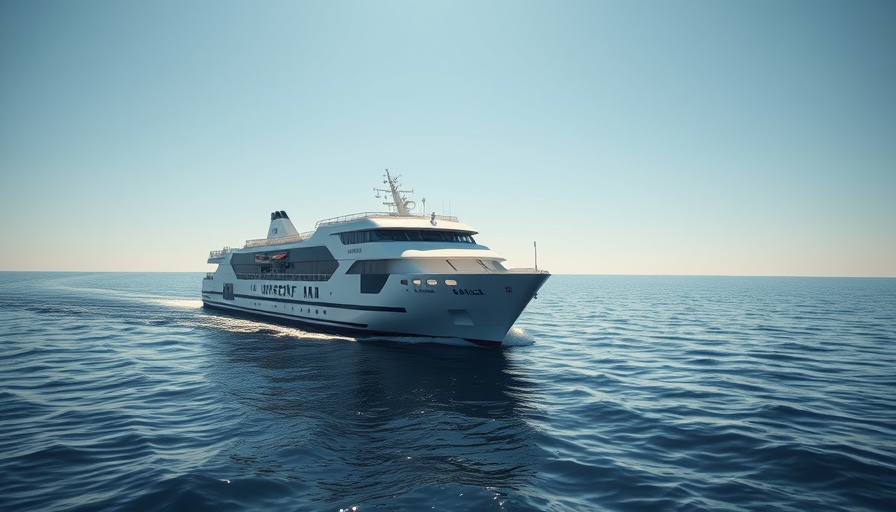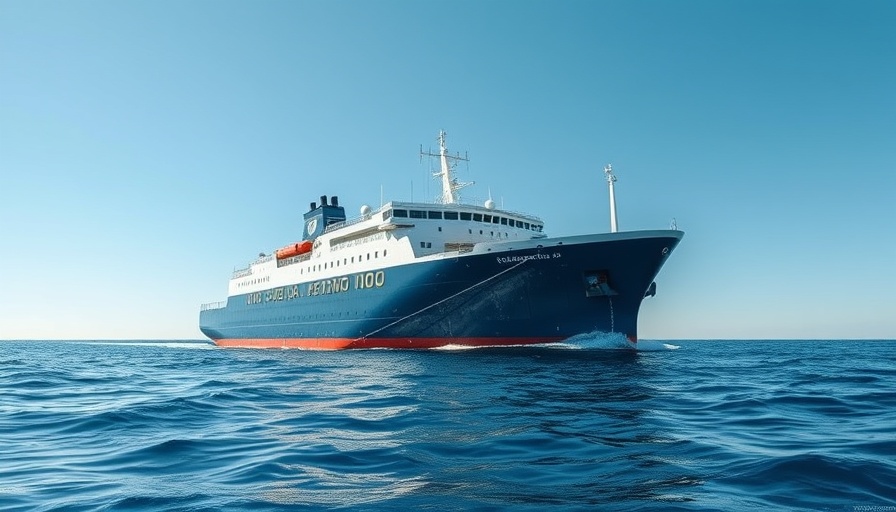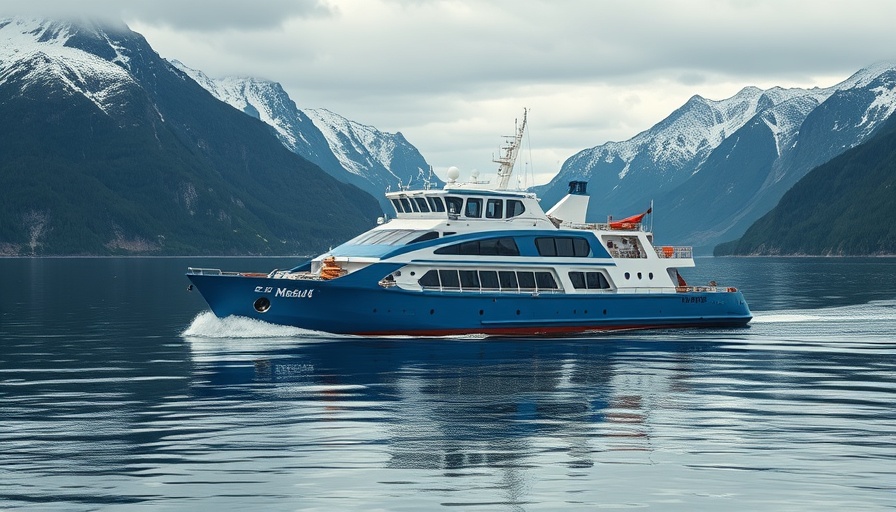
Unpacking the Maritime Emissions Report: What It Means for the Industry
In a world where environmental awareness is surging, the latest report from VesselBot for Q2 2025 brings important insights into the shipping sector's progress. Tracking a total of 4,865 containerships that undertook 72,516 voyages during the quarter, the report showcases a slight year-over-year increase in average voyage duration—up 0.4% to five days. However, the most notable takeaway is the decline in total emissions, nearly hitting 46.8 million tons, marking a significant yearly drop of 4.5%. These figures encapsulate a critical shift towards an industry increasingly scrutinized for its environmental impact.
Geopolitical Effects on Maritime Operations
The period covered in this report was not without its challenges. Geopolitical tensions and market volatility played a significant role in shaping shipping routes and operational efficiencies. These factors can lead to increased wait times and operational disruptions, potentially contributing to the rise in voyage duration. As nations grapple with diplomatic negotiations and trade agreements, the shipping industry must adapt rapidly, balancing operational costs with an urgent need for sustainability.
Containership Industry Trends: A Deeper Dive
The data reveals that the average number of containers transported per voyage stood at 2,660 TEU. This figures show a steady demand for containerships, serving as an essential line of connection between global supply chains. However, as trade dynamics shift, industries are urged to evaluate energy efficiency and alternative fuel options, which may mitigate future emissions and promote greener operations.
Future Predictions: Navigating Towards Sustainability
Looking ahead to upcoming reports, a key area of discussion will undoubtedly revolve around how the industry will respond to growing environmental regulations. The increasing pressure to adopt cleaner technologies and reduce fossil fuel dependency could reshape vessel designs and operational strategies in the coming years. Companies adopting proactive measures now may find themselves leading the charge towards a greener maritime industry.
The Importance of Accurate Data Tracking
VesselBot's approach to gather and analyze data is vital for understanding trends and making informed decisions. As stakeholders dig deeper into operational metrics and strive to enhance efficiency, the shipping economy can benefit from more awareness. The upcoming full report, scheduled for release on July 30, 2025, promises to uncover even more about the maritime landscape.
Final Thoughts: Navigating the Future of Shipping
The combination of geopolitical volatility and a renewed focus on environmental responsibility suggests that maritime transportation is at a pivotal crossroads. While the present numbers indicate progress in reducing emissions, the journey towards sustainability is far from over. Stakeholders across the spectrum must act decisively to keep up with the changes, allowing the maritime industry to emerge not only as a vital economic player but also as a leader in environmental stewardship.
 Add Row
Add Row  Add
Add 




Write A Comment